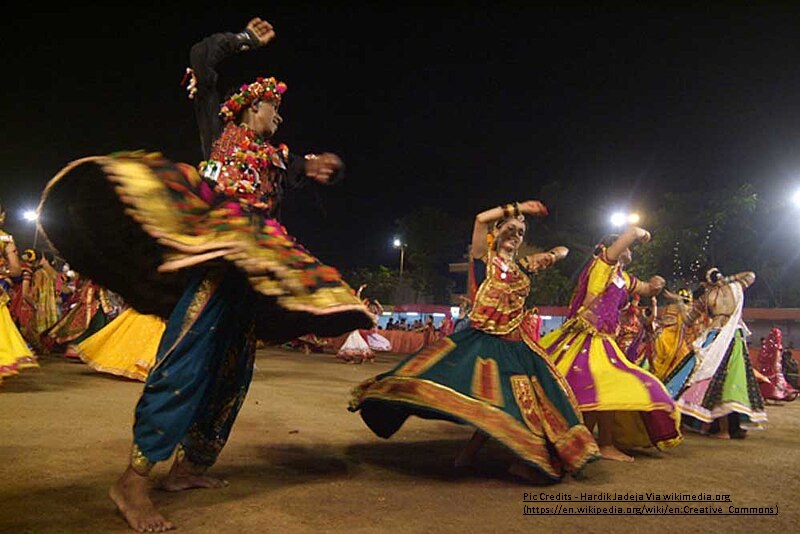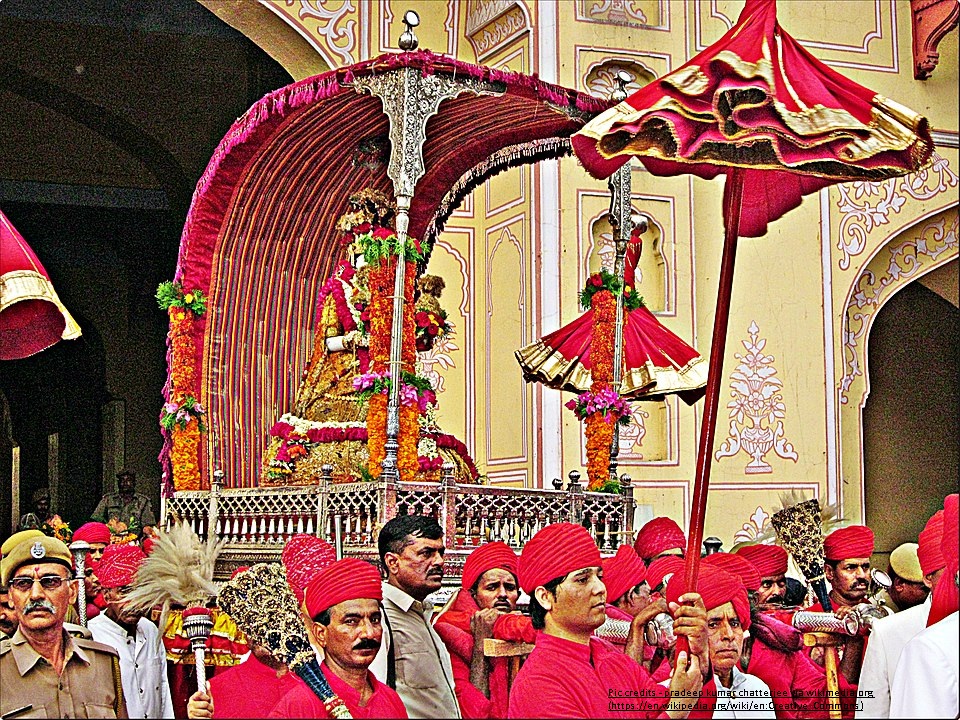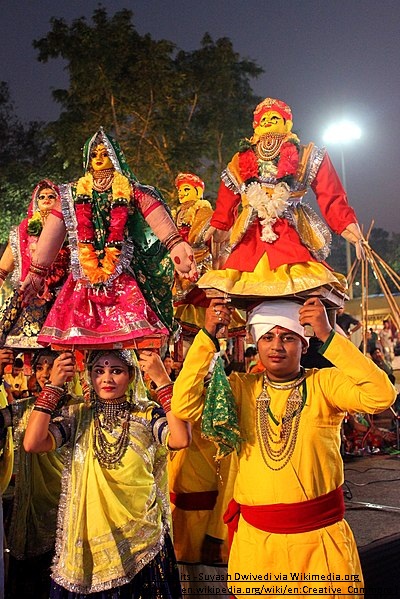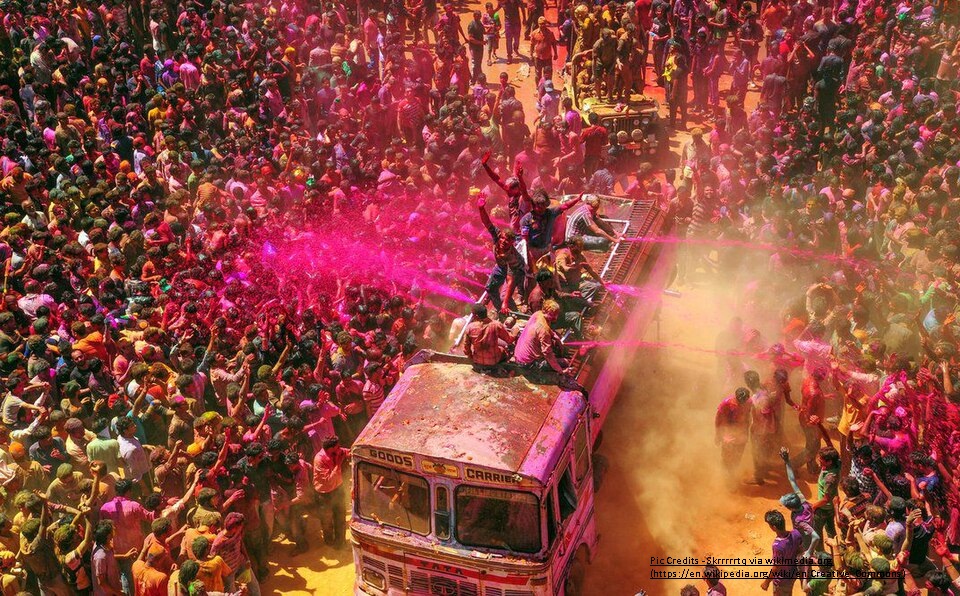Religious and Cultural Festivals in Udaipur: A Local’s Perspective
Udaipur isn’t just a city of lakes and palaces; it’s a living tapestry of vibrant festivals. As a local, I’ve had the privilege of witnessing these celebrations from a unique perspective, and I’m excited to share that experience with you. This guide goes beyond the tourist brochures, offering an insider’s look at the religious and cultural festivals that truly define Udaipur. We’ll explore the traditions, the hidden rituals, and the community spirit that make these festivals so special.





- Gangaur:
- Gangaur is perhaps the most beloved festival in Udaipur, especially for women.
- From the elaborate processions to the heartfelt songs, this festival is a celebration of Goddess Gauri. Locals prepare special sweets like ‘Ghevar, and you’ll see women dressed in their finest traditional attire.
- Local Tip: The processions around the City Palace are a must-see, but for a more intimate experience, visit the smaller temples in the old city.
- Gangaur is a vibrant and deeply cherished festival in Rajasthan, particularly in Udaipur, dedicated to Goddess Gauri, an embodiment of Parvati. Celebrated primarily by women, it symbolizes marital bliss, devotion, and the arrival of spring. Over eighteen days, women worship clay idols of Gauri and Shiva (Isar), adorning them with flowers and traditional attire. The festival culminates in a grand procession, where decorated idols are carried through the streets, often accompanied by folk songs, dances, and vibrant displays of local culture. Gangaur is a time for women to express their devotion, celebrate their relationships, and partake in the joyous spirit that permeates the city, making it a truly captivating cultural experience.
- Mewar Festival:
- Mewar Festival is a grand spectacle that showcases the region’s rich cultural heritage. The vibrant folk dances and music performances are truly mesmerizing.
- The boat procession on Lake Pichola is a highlight, and the fireworks display is simply magical.
- Local Insight: The festival is a great opportunity to witness local artisans displaying their crafts and to sample traditional Mewari cuisine.
- Gangaur Ghat is the best place to view the Mewar festival from.
- The Mewar Festival, a vibrant celebration of spring and Mewar’s rich cultural heritage, illuminates Udaipur with its joyous spirit. Held annually, it coincides with the Gangaur festival, adding to the city’s festive atmosphere. The festival showcases a plethora of cultural performances, including traditional Rajasthani folk dances, music, and theatrical presentations, providing a captivating glimpse into the region’s artistic traditions. A highlight of the Mewar Festival is the colorful procession that culminates at Gangaur Ghat, where beautifully adorned idols of Goddess Gauri are immersed in Lake Pichola. The festival concludes with a spectacular fireworks display over the lake, creating a magical spectacle that attracts locals and tourists alike, solidifying its place as a cornerstone of Udaipur’s cultural calendar.
- Teej:
- Teej is another festival dedicated to Goddess Parvati, and it’s a time for women to pray for marital bliss.
- The swings decorated with flowers, the traditional songs, and the women dressed in green saris create a beautiful atmosphere.
- Local Secret: Many families prepare special ‘ghevar’ and ‘malpua’ sweets, and you might get lucky enough to be invited to share some.
- Teej is a joyous festival in Rajasthan, primarily celebrated by women, dedicated to Goddess Parvati. It marks the reunion of Lord Shiva and Parvati, symbolizing marital bliss and devotion. Women observe fasts, dress in green attire, and adorn themselves with henna and bangles. Elaborate swings decorated with flowers are a hallmark of the celebration, where women sing traditional songs and enjoy the festive atmosphere. Teej is a time of vibrant colors, joyous melodies, and heartfelt prayers, celebrating the bond of marriage and the arrival of the monsoon.
- Navratri and Dussehra:
- Navratri and Dussehra are celebrated with great fervor in Udaipur. The ‘Garba’ and ‘Dandiya’ dances are a highlight, and the atmosphere is electric.
- The burning of Ravana’s effigy on Dussehra is a symbolic victory of good over evil.
- Local Experience: Many communities organize their own ‘Garba’ events, and these are often more intimate and authentic than the larger commercial events.
- Although navratri is celebrated across all the parts of city but one can explore Field Club, and few other party lawns for the Best places to see Garba in Udaipur
- Diwali:
- Diwali, the festival of lights, is a time for families to come together and celebrate. The city is illuminated with diyas and lights, creating a magical ambiance.
- The fireworks display over Lake Pichola is a sight to behold.
- Local Tradition: Many families perform a special ‘Laxmi Puja’ and exchange sweets and gifts.
- You can also visit Mahalaxmi Mata Temple near city Palace for seeking blessings and experience a greate vibe of festival in Udaipur.
- Holi:
- Holi in Udaipur is a riot of colors and joy.
- The local markets are filled with colorful powders and water guns, and the atmosphere is filled with excitement.
- Local Knowledge: Be prepared to get completely covered in colors, and remember to wear old clothes.
- Jagdish Chowk and Gangaur ghat are the best places to play a safe and fun Holi in Udaipur.
- Nathdwara (Shreenathji Temple): Annakut Festival:
- Nathdwara’s Annakut festival, celebrated after Diwali, is a sight to behold.
- The sheer scale of the ‘Chappan Bhog’ (56 types of food) offered to Lord Shreenathji is truly awe-inspiring. The devotion and the elaborate decorations are unforgettable.
- Local Insight: The ‘darshan’ during Annakut is exceptionally crowded, so arrive early and be prepared for a long wait, but the experience is worth it.
- Annakut, a grand festival celebrated at the Shreenathji Temple in Nathdwara, occurs the day after Diwali and is a spectacle of devotion and culinary abundance. The festival’s highlight is the offering of “Chappan Bhog” (56 types of food) to Lord Shreenathji, symbolizing gratitude and abundance. The temple courtyard transforms into a visual feast, with meticulously arranged mountains of sweets, savories, and fruits. Devotees witness the elaborate “darshan” as the deity is adorned and offered the vast array of food. The atmosphere is filled with hymns, prayers, and a profound sense of community, making Annakut a deeply moving and culturally rich experience that reflects the deep faith and traditions of the region.
- Rishabhdeo (Kesariyaji Temple): Rishabhdev Jayanti:
- Rishabhdev Jayanti at Kesariyaji is a significant Jain festival. The processions and the atmosphere of devotion are captivating.
- The unique black stone idol of Lord Rishabhdev and the blend of Jain and tribal traditions make this festival particularly special.
- Local Tip: The temple grounds become very busy during the festival, so wear comfortable shoes and be prepared for crowds..
- Kumbhalgarh Festival:
- The Kumbhalgarh Festival, held against the backdrop of the majestic Kumbhalgarh Fort, is a celebration of art, music, and dance.
- The performances showcase the region’s folk traditions, and the fort itself provides a stunning setting.
- Local Experience: The evening light and sound show at the fort is a must-see, and the local food stalls offer delicious regional cuisine.
- The Kumbhalgarh Festival, set against the majestic backdrop of the historic Kumbhalgarh Fort, is a vibrant celebration of Rajasthan’s rich cultural heritage. This annual event transforms the ancient fort into a stage for a dazzling array of performances, showcasing traditional music, folk dances, and captivating sound and light shows. The festival provides a unique opportunity to experience the region’s artistic traditions, with performances that highlight the vibrant colors, rhythmic beats, and graceful movements characteristic of Rajasthani culture. Attendees can also indulge in local cuisine and explore artisan stalls, immersing themselves in the fort’s historical ambiance while enjoying the lively festivities. The Kumbhalgarh Festival is a truly memorable experience, blending history, art, and celebration into a captivating spectacle.
- Charbhuja (Garhbor): Jal Jhulni Ekadashi:
- Jal Jhulni Ekadashi at Charbhuja Ji Temple is a vibrant celebration. The procession of the deity to the nearby river is a beautiful sight.
- The local Gurjar community’s involvement in the festival adds a unique cultural dimension.
- Local Knowledge: The temple’s location in a rural setting provides a more authentic and intimate festival experience.
- The Charbhuja Ji Temple in Garhbor, Rajsamand district, comes alive during Jal Jhulni Ekadashi, a significant festival that draws devotees from far and wide. This vibrant celebration centers around Lord Vishnu, locally known as Charbhuja Ji. The festival’s highlight is the procession of the deity’s idol, carried in a beautifully decorated palanquin, to the nearby river. Devotees participate in elaborate rituals, offering prayers and performing traditional dances and songs. The atmosphere is filled with a palpable sense of devotion and community spirit. The Gurjar community plays a vital role in the festival’s organization, adding a unique cultural dimension. The Garhbor festival is a testament to the region’s deep-rooted faith and the enduring traditions that continue to thrive in rural Rajasthan.
- Various Village Fairs:
- Throughout the year, numerous village fairs (melas) take place near Udaipur. These fairs offer a glimpse into rural Rajasthani life.
- From cattle fairs to religious gatherings, these events showcase local crafts, traditions, and entertainment.
- Local Insight: These fairs are a great opportunity to interact with locals, sample regional snacks, and witness traditional performances.
Tips for Tourists:
- Dress appropriately and respectfully, especially when visiting temples.
- Be mindful of local customs and traditions.
- Ask locals for recommendations on where to experience the most authentic celebrations.
- Try the local sweets and delicacies associated with each festival.
- Be prepared for crowds, especially during major festivals.
